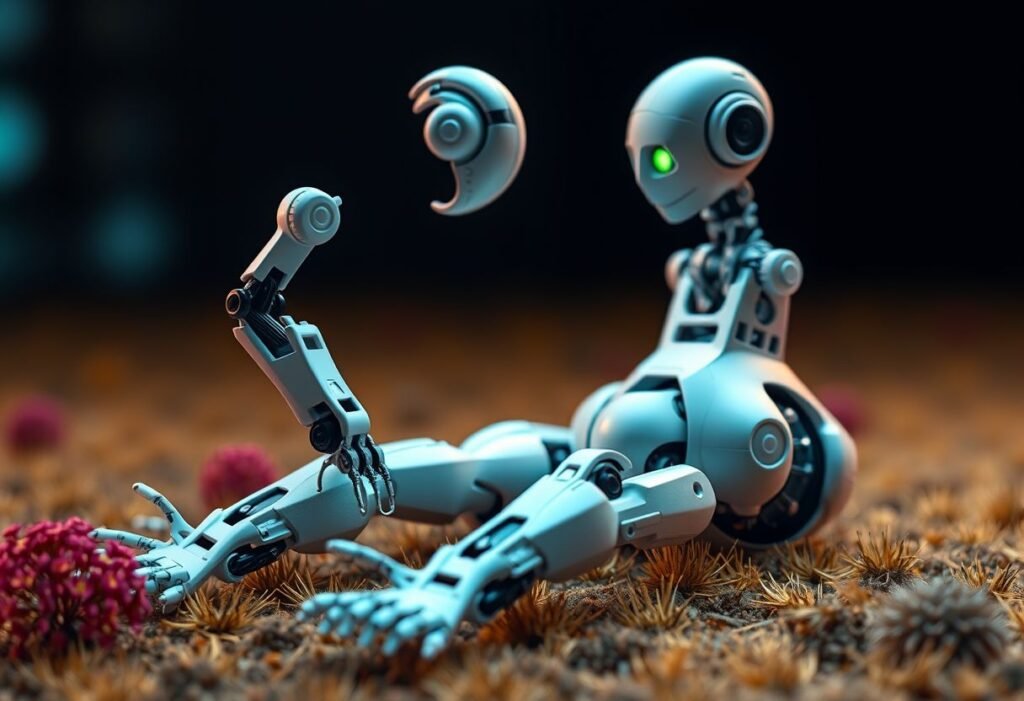The intersection of 3D printing and robotics is a groundbreaking development that is redefining innovation in various industries. Together, these technologies are creating new possibilities for manufacturing, prototyping, and customization, enhancing efficiency and creativity
Transforming Manufacturing Processes
3D printing and robotics are revolutionizing manufacturing processes by allowing for rapid prototyping and production. By integrating robotic arms with additive manufacturing techniques, companies can produce complex designs quickly and with high precision. The collaboration between these technologies streamlines workflows and decreases production times, resulting in significant cost savings. This transformation is not just limited to traditional manufacturing but extends to niche markets such as automotive and aerospace, where customization is crucial.
Enhancing Customization and Design Flexibility
One of the most notable advantages of combining 3D printing with robotics is the enhancement of customization and design flexibility. For industries that require bespoke products, such as medical devices or consumer electronics, this synergy allows for a high degree of personalization. Robotic systems can adapt to varying designs and adjust printing parameters in real time, making it possible to create tailored solutions that meet specific needs. This flexibility is a game changer for innovation, enabling businesses to respond quickly to market demands.
Impact on Supply Chain Management
The integration of 3D printing and robotics is significantly altering supply chain dynamics. By localizing production through on-demand manufacturing, companies can reduce dependency on overseas suppliers and mitigate risks associated with logistical delays. Robotics enhances this model by automating inventory management and order fulfillment processes, ensuring that products reach customers faster and more efficiently. This shift ultimately leads to a more sustainable supply chain, as the need for excess inventory is reduced.
Advancing Research and Development
The intersection of 3D printing and robotics plays a crucial role in research and development across various sectors. In academic and industrial settings, these technologies facilitate rapid experimentation and prototyping, allowing researchers to test new concepts with unprecedented speed. This integration accelerates the innovation cycle, enabling teams to iterate on designs and bring ideas to fruition quicker than ever. Such advancements not only boost productivity but also foster a culture of experimentation that is vital for cutting-edge innovation.
Transforming Healthcare and Bioprinting
In the healthcare sector, the combination of 3D printing and robotics is paving the way for remarkable innovations. Bioprinting, a process that utilizes 3D printing to create biological tissues and organs, is an emerging field that holds immense potential for regenerative medicine. Robotic systems are essential for the precise placement of bio-ink, contributing to the accuracy and viability of printed tissues. This collaboration not only enhances medical research but also opens new avenues for patient-specific treatments that could ultimately revolutionize patient care.
The Future of Collaboration and Education
The future of innovation lies in the collaboration between 3D printing and robotics. Educational institutions are increasingly incorporating these technologies into their curricula, preparing the next generation of engineers and innovators. By fostering interdisciplinary learning and hands-on training, students can gain expertise that is vital in a technology-driven market. As these fields continue to evolve, the importance of addressing ethical considerations and sustainability will also come to the forefront of educational discussions, ensuring responsible innovation.





















